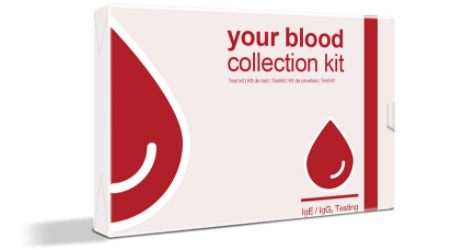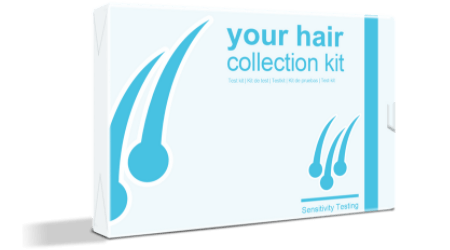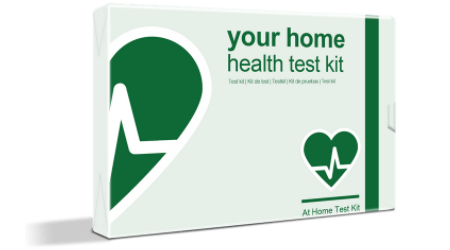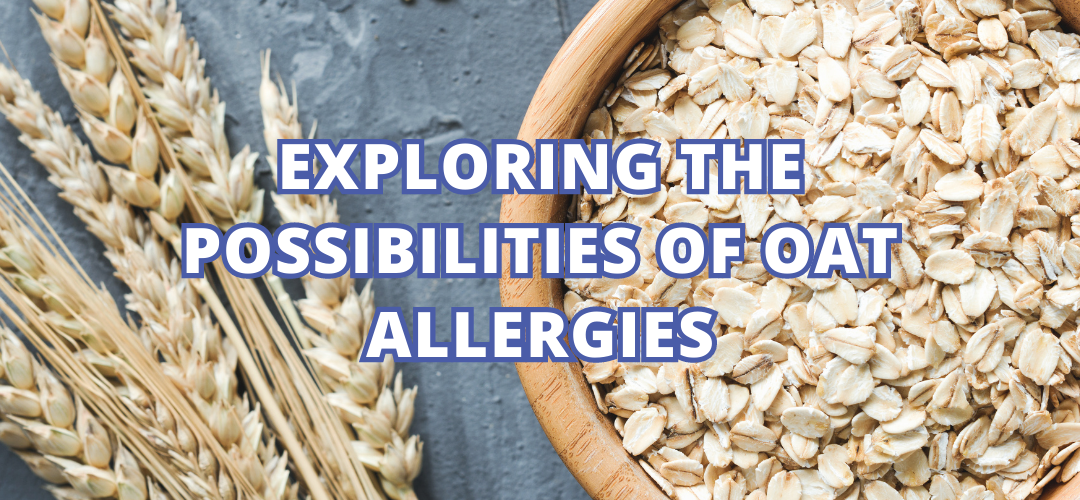Oats cereals are rich in antioxidants and fats and have many health benefits. They’re popularly consumed in Europe and are also a source of allergy. If you’re allergic to oats, ingesting them or inhaling oat flour can cause allergy symptoms.
The main protein in oats that causes allergy symptoms is known as avenin. This makes you blotchy or gets a runny nose soon after ingesting oats. Oat allergies occur when, upon ingesting or inhaling oats, your body’s immune system fights the proteins in oats by releasing antibodies. These antibodies then attack those oat proteins as if they were harmful to the body, the same way bacteria and viruses are.
While some people who experience symptoms after eating oats do so due to oat allergies, others only experience them because of gluten sensitivity or celiac disease. Gluten is in wheat, rye, and barley. It’s, however, not present in oats. Although, most times, all these grains are grown and processed together, which means they can contain trace amounts of each other.
So, if you suffer from gluten sensitivity or celiac disease and eat oats processed in the same facility as gluten-containing grains, you will suffer the same symptoms. That’s because even oats will contain trace amounts of gluten, which means they, too, are contaminated.
If you have gluten sensitivity, you need to ensure the labeling on your oats doesn’t say they were processed in the same facility as the other grains. Eat oats labeled “gluten-free.
Developing oat allergies as a child?
In most children, a reaction to oats can cause food-protein-induced enterocolitis syndrome (FPIES). FPIES affects the digestive tract causing symptoms like vomiting, diarrhea, dehydration, and poor growth.
When FPIES goes on for a long time and is severe, it causes symptoms like starvation and lengthy. Other foods can also cause FPIES, and oats are one of them. Other foods that cause FPIES include rice, dairy, and eggs. FPIES is often a delayed reaction to foods your baby is allergic to when weaning them.
Common symptoms of FPIES include:
- Bloody diarrhea
- Frequent vomiting
- Dehydration due to diarrhea and vomiting
If you notice your baby having any of these symptoms, you need to get them immediate help. While some people develop this allergy as kids, others develop it in adulthood. Most children tend to outgrow allergies. However, adults often don’t outgrow allergies and have to manage their diet. The best way to determine whether you are allergic to oats is by taking an Allergy Test.
Oat allergy symptoms
Depending on the individual, oat allergy symptoms can range from mild to severe. When oat allergy is severe, it can result in anaphylaxis which can be life-threatening if one doesn’t receive immediate treatment. Common oat allergy symptoms include:
- Nasal congestion or runny nose
- Itchy throat and mouth
- Nausea and vomiting
- Bloating
- Stomach cramps
- A flushed face
- A rash or skin irritation on and in the mouth
- Difficulty breathing
- Anaphylaxis
- Itchy eyes
Most oat allergy symptoms show up within a few minutes up to two hours after ingesting or inhaling oats. However, sometimes there can be a delayed reaction, which means the allergic reaction symptoms can show up anywhere between 4-6 hours or even longer.
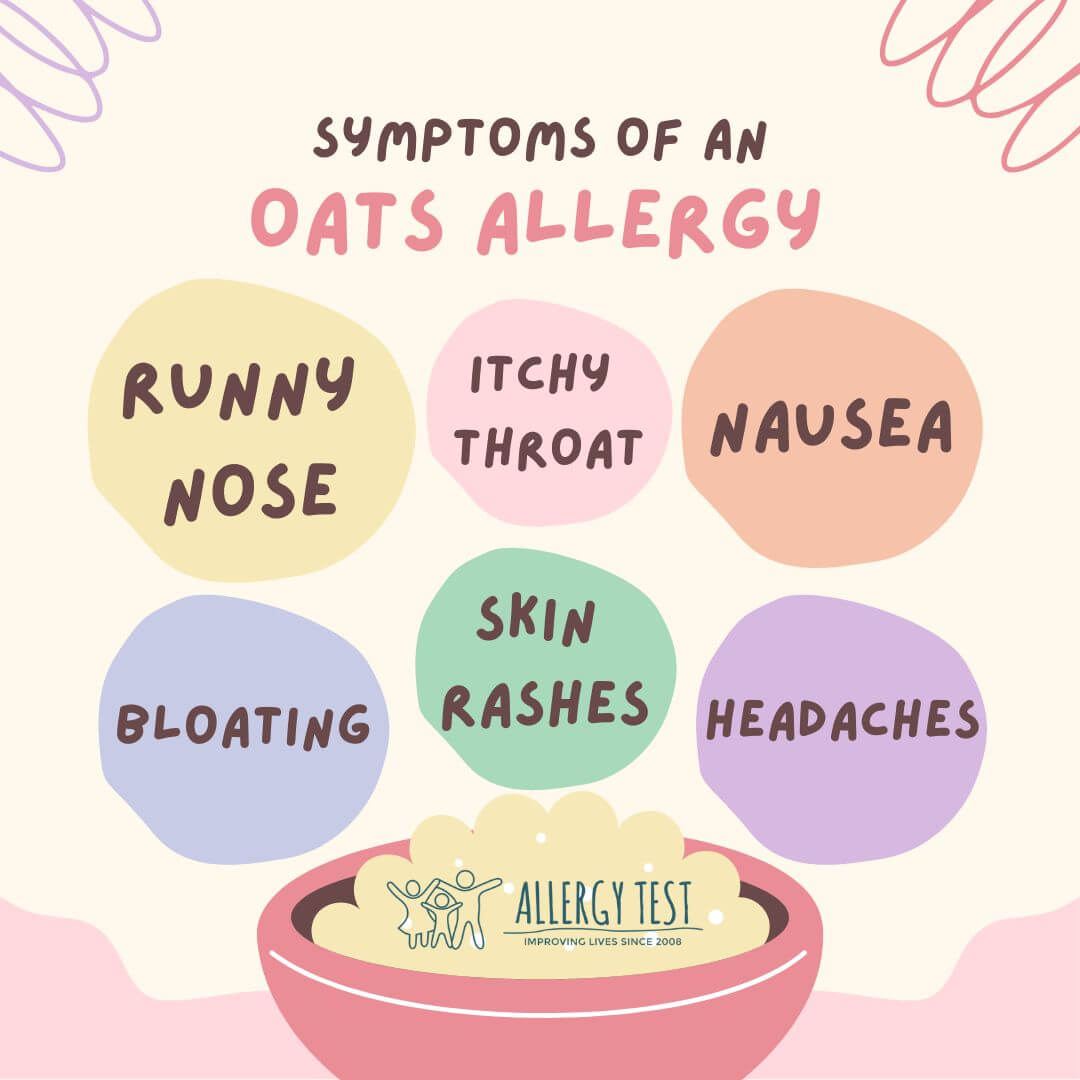
Most of the time, you can notice these delayed reactions in babies. The symptoms include:
- Reflux
- Diarrhea
- Eczema
- Swelling of the small bowel
- Constipation
- Stomach pain
- Frequent crying or distress
- Stunted growth
Oat allergy treatment
Avoiding this grain and its byproducts is the best way to deal with oats allergy. Check labels for phrases like “manufactured in a facility that uses oat ingredients” or”might contain oats.” Being careful about the ingredients in your food is the best way to avoid oat allergies.
Upon accidental oat ingestion, you can take over-the-counter antihistamines. However, if you suffer from anaphylaxis, you’ll need to use an EpiPen, customarily given to anyone with severe allergic reactions. Even after using an EpiPen and the symptoms have stopped, you’ll still need to visit a doctor if those symptoms recur.
You need to see a doctor after using an EpiPen because allergy symptoms sometimes recur after a few hours, and being under the doctor’s observation is better. If you develop a severe rash or blister, visiting your doctor immediately is best.
Foods to avoid with oat allergy
When you have an oat allergy, there are products and foods you need to avoid. You will need to avoid food-based oat products, including:
- Muesli
- Porridge or oatmeal
- Granola
- Any beverage with oat milk
- Flapjacks with oat flour
- Oat bread
- Oatcakes
- Oat bran
- Oat cookies
To be at the top of your oat allergy requires always checking ingredients on muffins, cakes, and cookies to ensure they don’t contain oats. Certain beer brands also contain oats, and you need to be on the lookout for those.
Apart from food items, you’ll also need to avoid skincare products and cosmetics with oats. Some topical products contain oats, including moisturizers; therefore, you must carefully read your skincare product labels.
Most of the time, you’ll find that skincare products that contain oats are meant to treat atopic dermatitis. In many cases, these products tend to reive the symptoms of atopic dermatitis except in cases where one is allergic to oats; in this case, they worsen things.
Allergic contact dermatitis, a symptom of oat allergy, is often a delayed reaction occurring anywhere from a few hours to a few days later, typically three days. You will only find some forms of oat will come from skin care products or food. Most latex-free gloves contain colloidal oatmeal. So you need to pay extra attention to things that contain oats.
Final Thoughts
When you have oat allergies, you can easily switch up this grain for other nutrient-filled grains like millet, rice, corn, polenta, or sorghum. There are many replacements for breakfast oats. Be careful when grocery shopping to avoid purchasing products with oats as ingredients. Taking an Allergy Test is best if you’re still unsure of your allergies.
